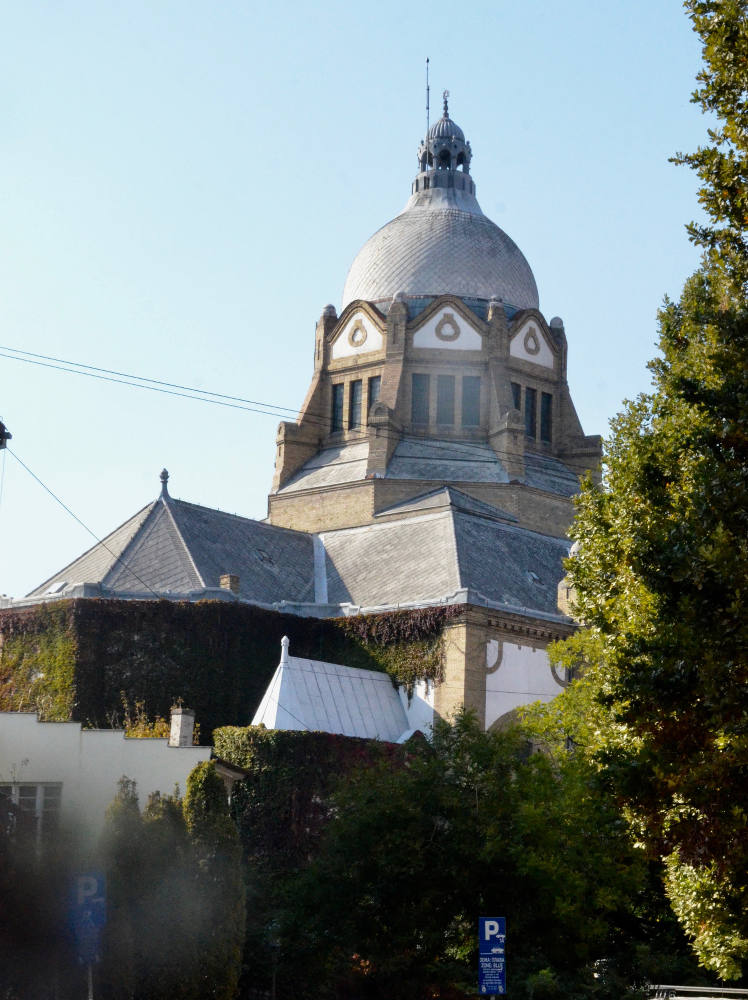Constanta, Romania


Catedra Sfintii Apostoli Petrus si Pavel [The Cathedral of Sts Peter and Paul]. (1885; restored 1951). Constanta, Romania. This structure in some ways seems a compromise between Byzantine and later styles, since it retains the central dome but adds small corner towers. Still, its emphasis on surface decoration in both exterior and interior (see below) comes from Byzantine design. [Click on images to enlarge them.]


The cathedral’s modernized versions of traditional Byzantine-style paintings in the interior, which make it a real treasure, confirm Ruskin’s characterization of Byzantine architecture as one defined by its decorating flat surfaces rather than Gothic’s emphasis upon sculptural, three-dimensional carving.
Vidin, Bulgaria, and Constanta, Romania


Left: Eastern Orthodox church next to the Bishop’s palace in Vidin, Bulgaria. Right: The Marea Moschee Mahmudiye Mosque in Constanta, Romania constructed by a king of Romania for his Muslim subjects. The degree to which Byzantine style survived and in fact dominated Eastern European architecture appears in the way it appears in Eastern Orthodox churches, Muslim mosques, and Jewish synagogues.
Novi Sad, Serbi


The synagogue in Novi Sad, Serbia. We see the importance of the central dome and the emphasis upon surface decoration.
Bucharest, Romania


Left: The grandiose, overblown Eastern Orthodox National Cathedral partially funded by the Bucharest city government, which is far larger than most churches here and just looks as if someone has overinflated one of the usual buildings since no adjustment has been made for the larger scale. Right: The church in Bucharest across from Ceausescu’s palace that still has bullet holes in its bricks from the time the soldiers fired at a protesting crowd, killing 1,000 people and sparked the downfall of the dictator.


Left: Another view of the same church. Right: St. Anthony’s Eastern Orthodox Church. Photographs by the author. [You may use these images without prior permission for any scholarly or educational purpose as long as you (1) credit the photographer and (2) link your document to this URL in a web document or cite the Victorian Web in a print one. Click on the images for larger pictures.]
Last modified 18 April 2020